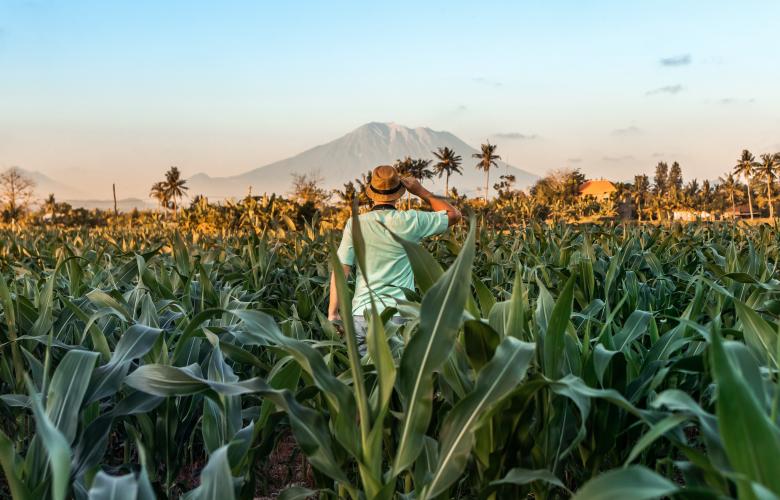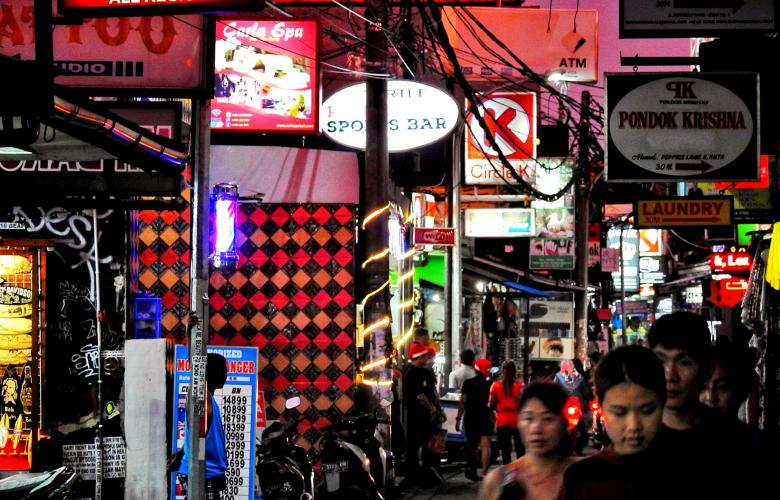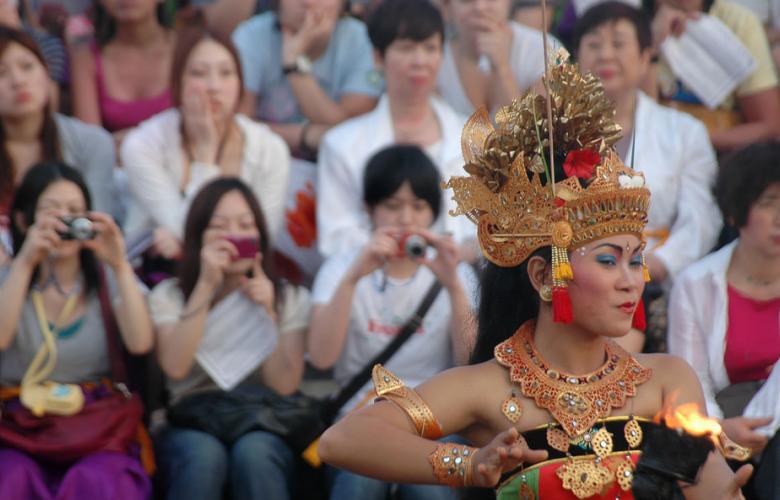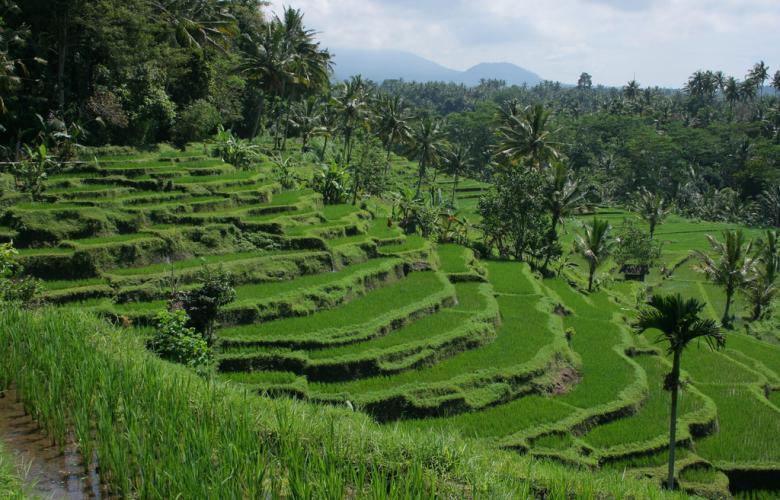A lot has been written recently about how important the tourism industry is to Bali, which according to Time, contributes as much as 80% to the entire Balinese economy, and it looks likely to increase as targets are met and exceeded.
But Bali's tourism success also comes at a price.
The Diplomat reports tourism-led growth is, in fact, a double-edged sword. While the Ministry of Tourism's strategic plan is "well on its way to hitting broad-based metrics like overall visitor numbers, higher GDP, billions in foreign investment and the creation of hundreds of thousands of jobs, it is unclear the extent to which the attainment of these national-level goals will have negative consequences for local businesses and the environment."
Rice fields in Bali are watered by an ancient irrigation system called Subak, which dates back to the eleventh century.
Keeping the machine running smoothly
Developing more efficient waste and water management systems, transport and traffic, improving electricity supplies and alternative sources of energy together with preserving and enhancing local culture and communities are all aspects of growth that must receive attention to keep the tourism machine running smoothly.
Much of the government’s efforts have targeted foreign visitors and the currencies they bring, writes James Guild from The Diplomat, and "less attention has been paid to developing the domestic tourism market, even though in 2016 there were over 264 million domestic visitors, vastly outnumbering the 11.5 million who came from overseas. As they chase overseas tourists, there is a risk of overlooking the enormous potential of the domestic travel market, a market that will almost certainly continue to grow in lock-step with the Indonesian middle class and the increasing amount of disposable income they are acquiring."

Bali can stay on track by developing cultural tourism.
Domestic potential
Gapura Bali reported recently that Bali was the top destination for Indonesian travelers according to a survey conducted by Agoda, which in itself is significant because of the numbers.
In a detailed analysis of Bali's tourism industry, Hotel Investment Strategies found domestic tourism to Bali continues to grow year-on-year and by 2020 is expected to be around 11 million people. Foreign arrivals, also at an all time high, are expected to top 9 million in 2019.
It is easy to imagine how 20 million people can put pressure on Bali's infrastructure and play such an important role on the health of the island's environment and culture.
Conscious sustainability
Underlining this point, The Conversation recently reported Bali's growing water crisis isn't getting any better and around 65% of the island's groundwater is being used by the island's tourism industry.
The Bali Post went a stage further, recently reporting the reliance on one industry, such as tourism, was unsustainable and actually a dangerous place for the island to be, because should that industry suffer decline, for whatever reason, the impact would likely be devastating.
The key it seems is diversity.
Accepting responsibility
The argument is that because tourism is the island's leading industry it also has a responsibility to lift other sectors of the economy, such as agriculture, and to encourage strategies that address the greater good, especially in terms of the environment and the creative economy, which embraces small and medium scale business enterprises.
This however, is also a double-edged sword, as domestic migrants are driving entrepreneurial small and medium scale businesses, rather than the Balinese.
The need to contribute
The Bali Post reports this poses some difficult questions for local Balinese communities, who have appear to have capitalized on the tourism industry by selling land and property without fully contributing to the longer-term health of the island. Land and property has always been the easiest way to make money for local landowners, but just waiting for money to arrive is not a good way to build a better place for future generations - developing creative economies and entrepreneurial mindsets, however, is.
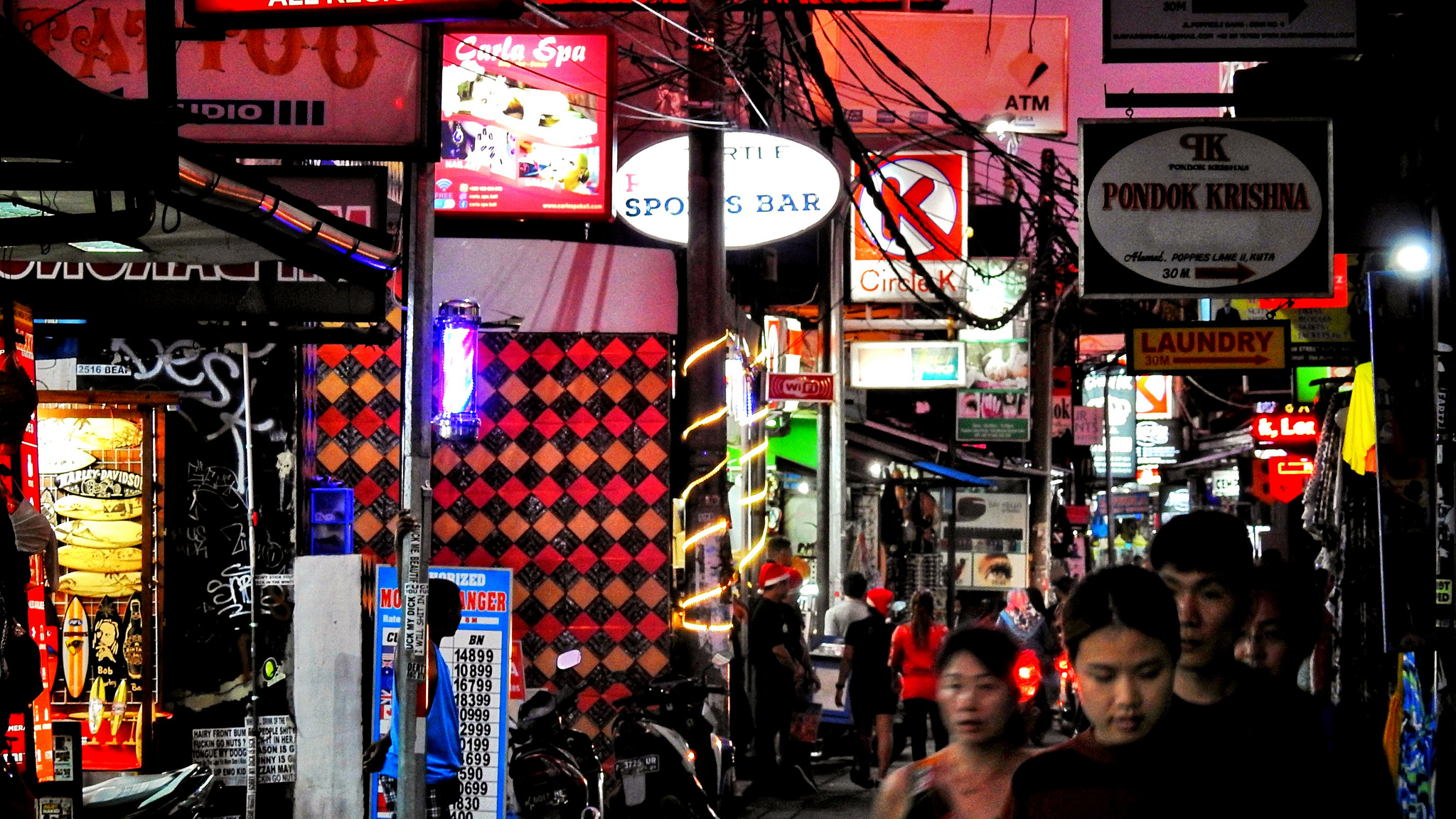
Tourism-led growth is a double-edged sword.
Cultural tourism potential
Bali Travel News offers further insight. In a recent report on tourism and the younger generation they say Bali can stay on track by developing cultural tourism. This will allow the island to maintain its uniqueness and to continue to attract travelers. "The spirit of innovation," the report says "should not be restrained but must always be directed so as to remain within the framework of Balinese culture" and it is the younger generation in a digital era who can best achieve this.
Sources: Bali Post, Antara News, Inside Indonesia, Gapura Bali, Time, The Conversation, Science Direct, The AseanPost, Hotel Investment Strategies
Similar to this:
Minister suggests tourism and property industries to support each other
Industry 4.0 and Indonesia's Economic Potential
Click on Bali for free Internet access in 2019

